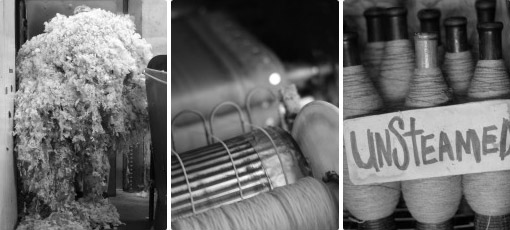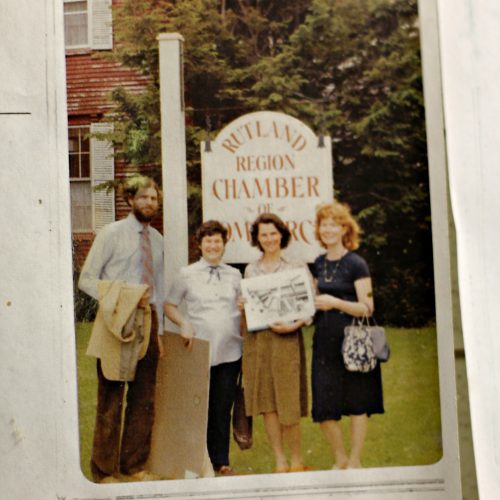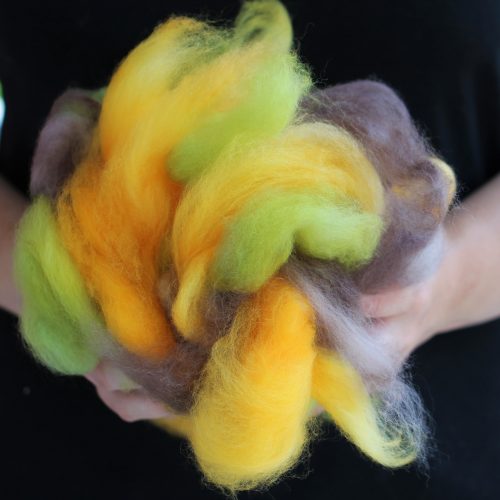
Beyond the Dyes: Nurtured
November 11th, 2015 • Blog • 0
While our logo says “Julie Asselin – Hand-dyed yarns”, color is not our only passion. We’re also passionate about fiber and yarn, which is why we helped design most of the yarn lines that we carry.
Beyond the Dyes is about sharing the process that led to each of those yarns, from conception to delivery.
Nurtured was released this October, to much excitement! While this is not the first time that we participated in the design of yarn, this one is new on more than one level for us.
Today, I want to tell you about where the idea for Nurtured came from; in the coming weeks, I’ll tell you more about the process of making Nurtured and about the end results.
Nurtured started with a friendship.
We’ve been working with Vermont’s Green Mountain Spinnery for over three years, as this is where Zetta is spun, and through those years, this collaboration has turned into a friendship. Green Mountain Spinnery was founded 30 years ago as a cooperative.
Keywords to describe them would be quality, sustainability, local & regional sources – keywords and values which are dear to us as well.
For us in the Eastern Townships in Québec, Vermont is a very close neighbor despite the border that separates us (quite literally, if you live in a border village like Stanstead, QC – or make that Beebe Plain, VT!), which means that working with Green Mountain Spinnery is part of our own preoccupation with local sourcing.
With time, after watching the process of spinning at Green Mountain Spinnery, especially with David, our good friend and one of the founders of the coop, we started to wonder about the process of dyeing the fiber instead of the spun yarn – something new to us!
What happens when you die the fiber before you spin it? Of course, we know that it makes for less color variation on the skein, because the large-scale spinning process mixes everything up and leads to a more unified result.
What if we used a mix of fibers that have naturally different colors? There are as many colours of fleece as there are sheep, after all (ok, maybe not, but there really is a lot of variation! See here).
Instead of separating them by color, we thought about mixing them up, so that we could see how each took the dye differently, thus adding depth to the colour and balancing the “uniformity” of the resulting yarn.
We felt we were on to something. We called David and, with his help and his encyclopedic knowledge of spinning, we started to work.
We felt we were on to something. We called David and, with his help and his encyclopedic knowledge of spinning, we started to work.

